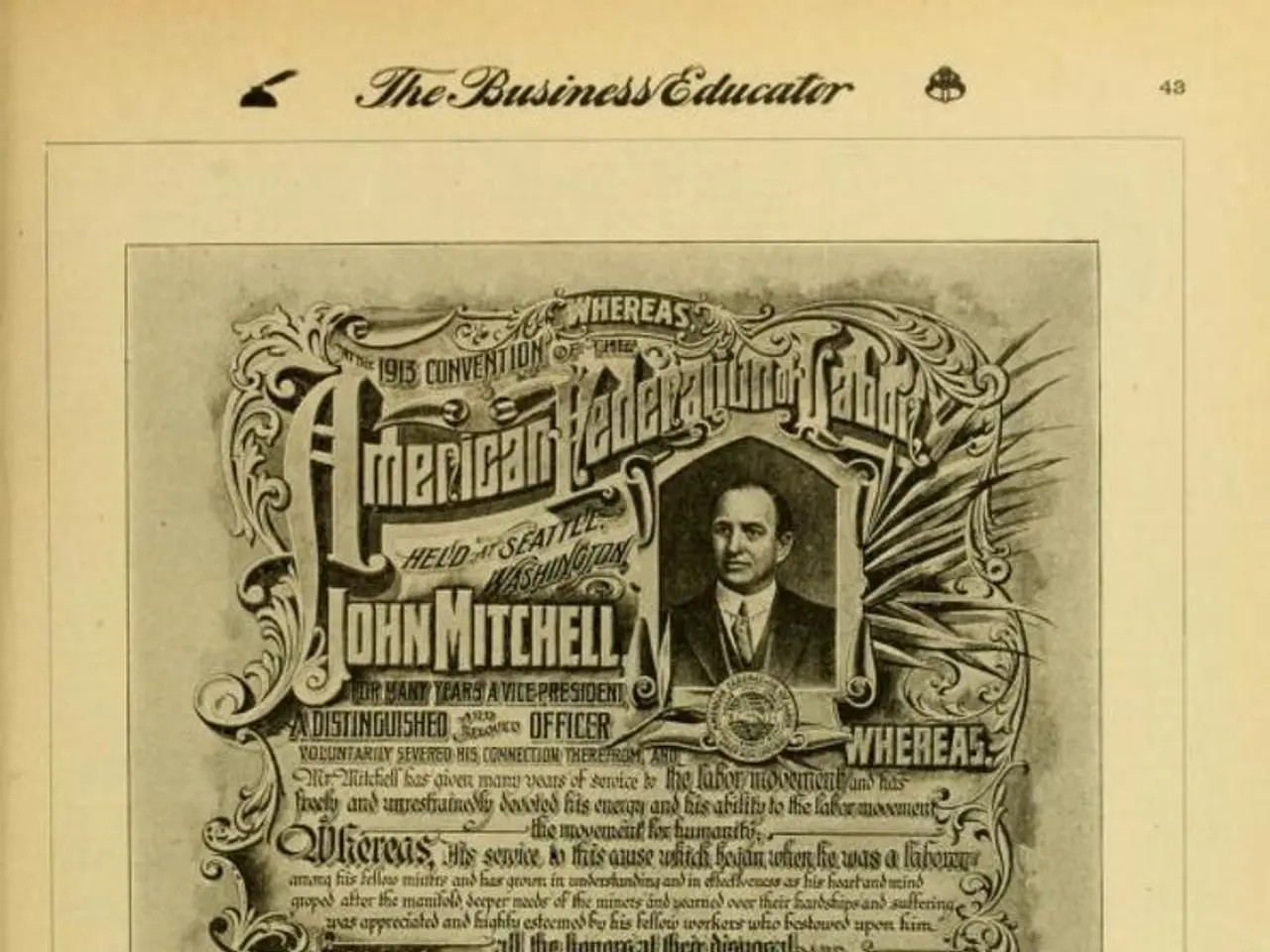Images creators historically manipulate genuine scenes, yet contemporary technology allows for fabricating entire visual landscapes...
==================================================================
Rod Lawton, an independent photography journalist and editor, and a long-standing Digital Camera World contributor, sheds light on the ethical considerations surrounding the use of generative AI in photography.
Generative AI has brought about questions regarding where to draw the line in photography. It did not invent image faking, cloning, or montages; instead, it has made these techniques easier. However, the misuse of generative AI presenting fiction as fact is a human issue, not a technological one.
Photography, by its very nature, involves controlling what the viewer sees, influencing what is seen depending on where one stands, how the picture is framed, and when the shutter release is pressed. Trust in photographs presented as facts is crucial, and photographers must determine if they are producing fact or fiction.
Generative AI can create objects, people, and scenes that never existed in reality using AI models trained on real-world photographs. This raises concerns about authenticity and misinformation, especially in journalism or advertising.
One of the key ethical implications is copyright and intellectual property. Generative AI models are typically trained on vast amounts of existing images, many of which are copyrighted. This creates legal and ethical tension because AI-generated photos may replicate styles or elements from original artists without credit or compensation, potentially constituting copyright infringement.
Another significant concern is the environmental impact. The computational power needed for training generative AI models is substantial, leading to increased carbon emissions and broader environmental consequences compared to traditional photo editing.
Artist displacement and fair use are also issues. Generative AI may reduce opportunities for human photographers and artists by automating creation, which some see as a threat to artistic integrity and creative economy.
Transparency and accountability are essential in addressing these concerns. Calls for transparency in AI training datasets and consent-based licensing models are growing. Unlike traditional photo editing where the source materials and author are clearly identified, generative AI requires new guidelines for transparency, accountability, and dataset licensing.
The use of generative AI in photography introduces novel ethical and legal challenges involving data use, ownership, and trust not normally encountered with traditional photo editing tools like Photoshop. Addressing these concerns demands updated legislation, transparency in AI development, and new ethical frameworks.
In this article, the author has used Generative AI to create the main image. Rod Lawton also has his own camera gear blog at fotovolo.com and writes about photo-editing applications and techniques at lifeafterphotoshop.com. He has previously worked as DCW's Group Reviews editor and has contributed to many other publications.
[1] K. Crawford and T. Gebru, "Artificial Intelligence's White Guy Problem," MIT Technology Review, 2019. [2] T. Mitchell, "A Call for Transparency and Accountability in AI," IEEE Spectrum, 2019. [3] A. Olson, "The Ethics of AI: A Guide for the Perplexed," The Guardian, 2020. [4] S. Russell and H. Norvig, "Artificial Intelligence: A Modern Approach," 3rd ed., Pearson, 2009.
- Rod Lawton, a renowned photographer, journalist, and editor, has utilized Generative AI to create the main image for this article.
- Concerns over authenticity and misinformation in photography, particularly in journalism or advertising, have arisen due to Generative AI's ability to create non-existent objects, people, and scenes.
- An ethical implication of Generative AI is the potential copyright infringement that may occur as AI-generated photos may replicate styles or elements from original artists without credit or compensation.
- As the environmental impact of Generative AI's computational power requirements is substantial, leading to increased carbon emissions, it's crucial to consider the broader environmental consequences.
- There is a concern that Generative AI may displace artists and reduce opportunities for human photographers in the creative economy.
- Transparency and accountability are essential in addressing these concerns, with calls for transparency in AI training datasets and consent-based licensing models growing.
- The rise of Generative AI has introduced new ethical and legal challenges, requiring updated legislation, transparency in AI development, and new ethical frameworks for traditional photo editing tools like DSLR cameras, lenses, tripods, editing software, and photography techniques.




